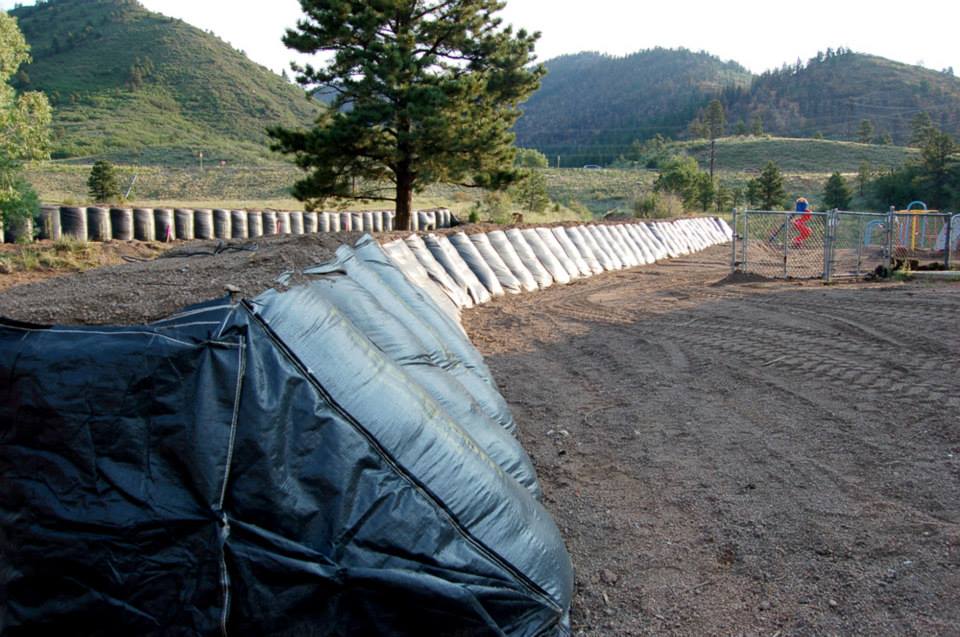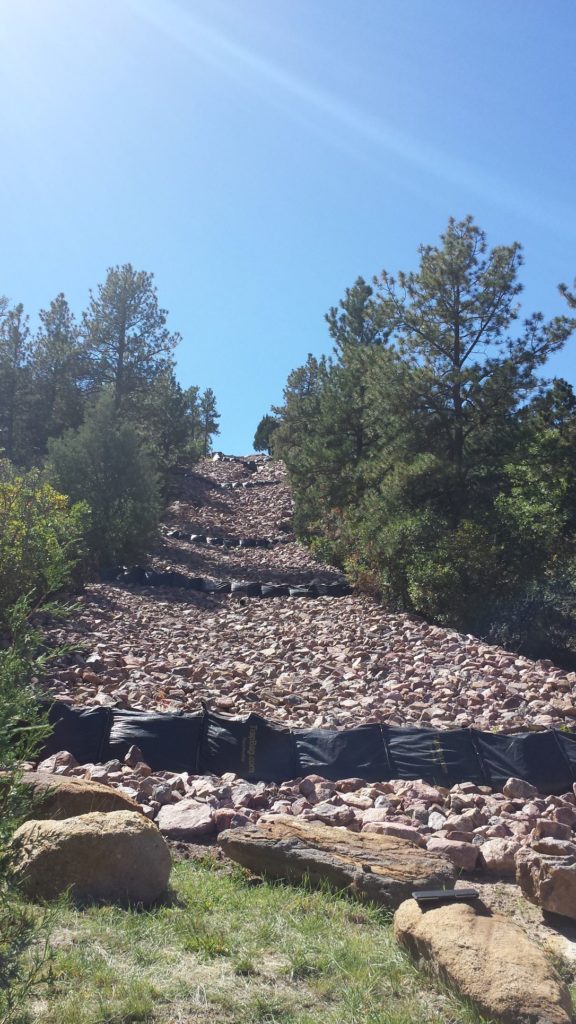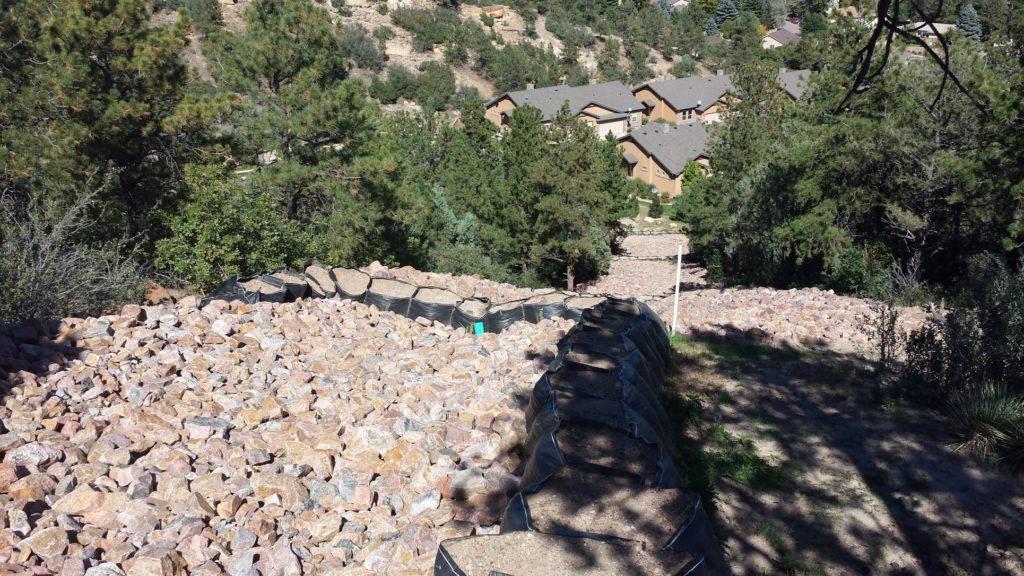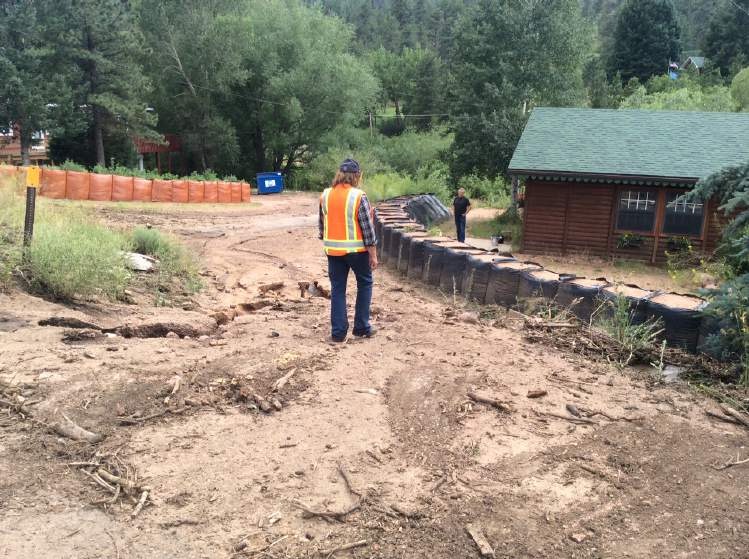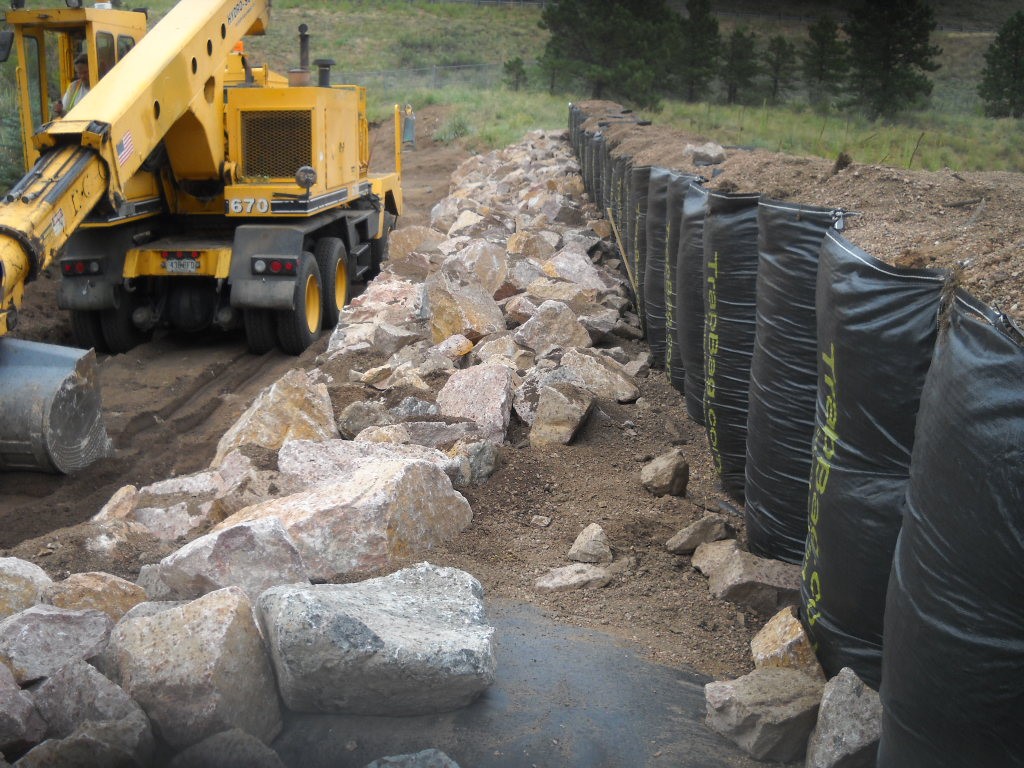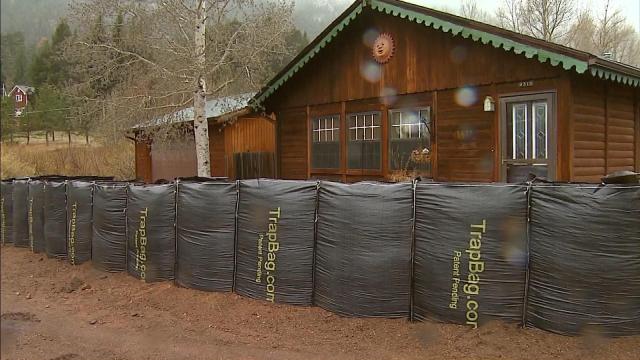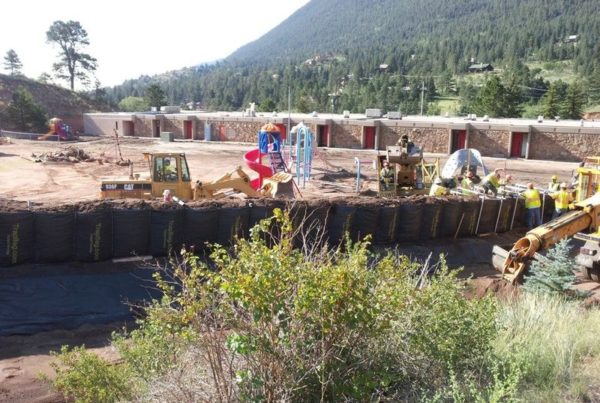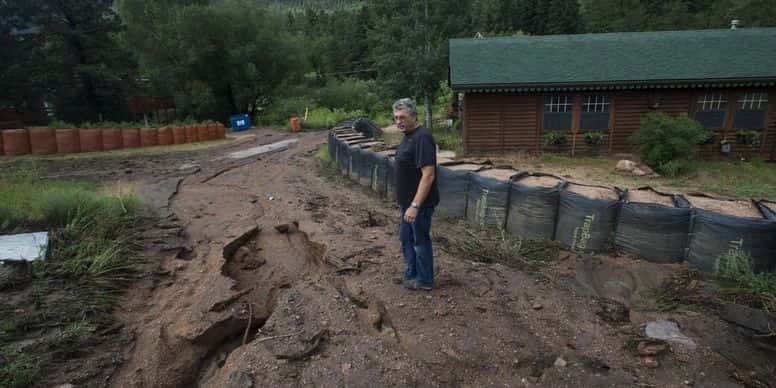Why use TrapBag® for Mudslide and Mudflow Protection?
Mudslides, also know as debris flows, are a serious problem for people living in areas with large hills and mountains and have caused billions of dollars in damages and taken thousands of lives across the world. A mudslide, or debris flow, is a type of fast moving landslide that usually starts on a steep hillside as a shallow landslide that liquefies and accelerates to speeds that are typically around 10 miles per hour, but can exceed 35 miles per hour. Mudslides are very common after wildfires due to slopes losing their natural stability. A well positioned TrapBag® barrier system will redirect these mountain floods and mudslides to avoid unnecessary damage to property and residents that would otherwise be in danger.


